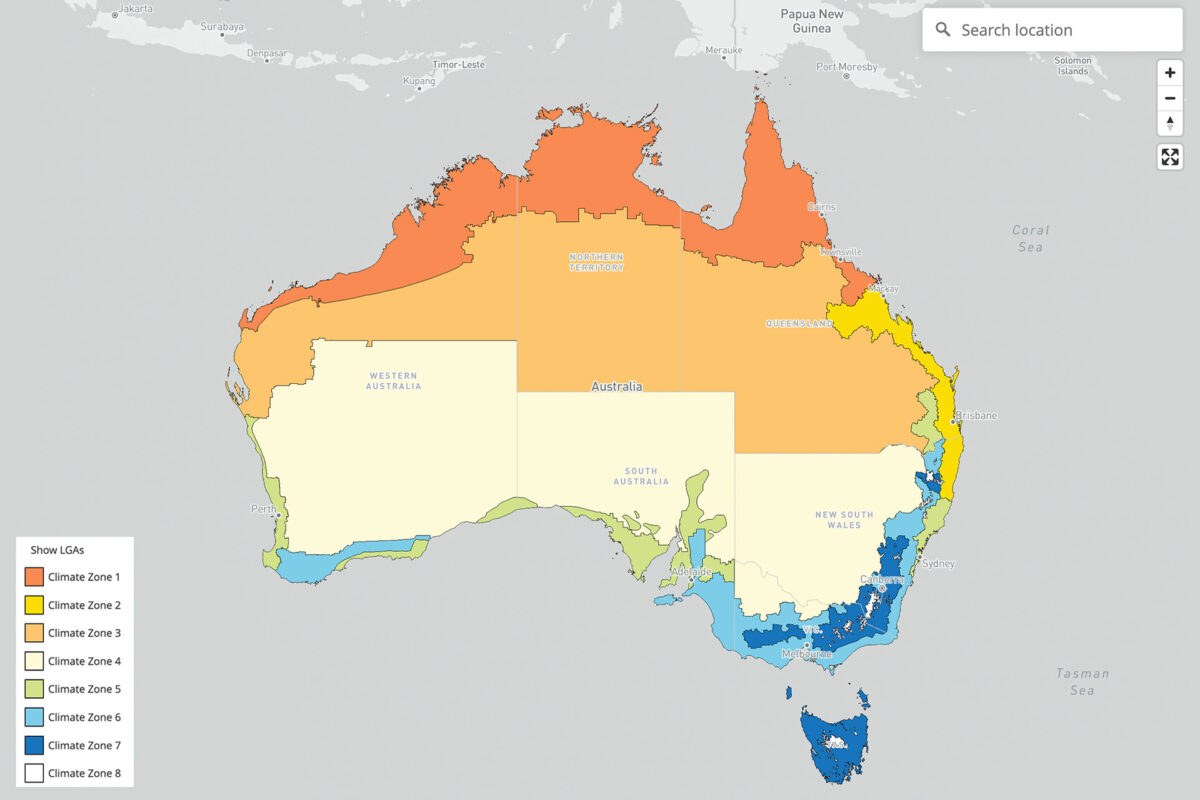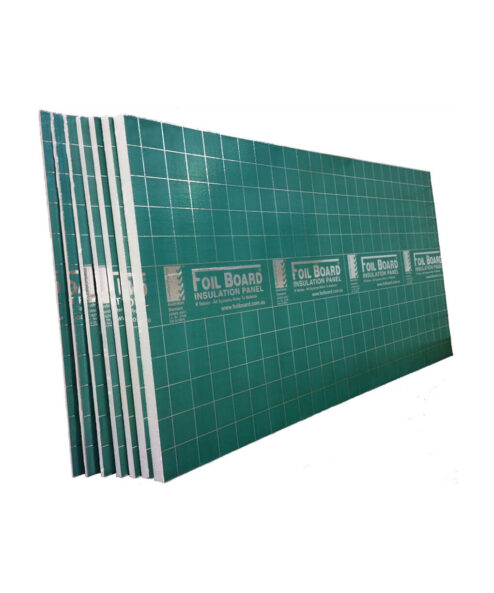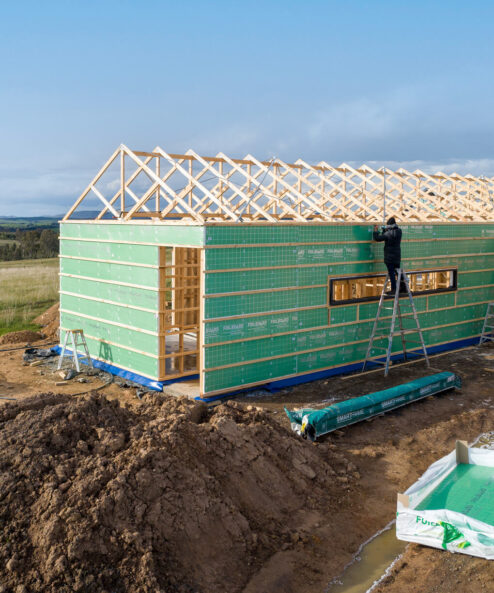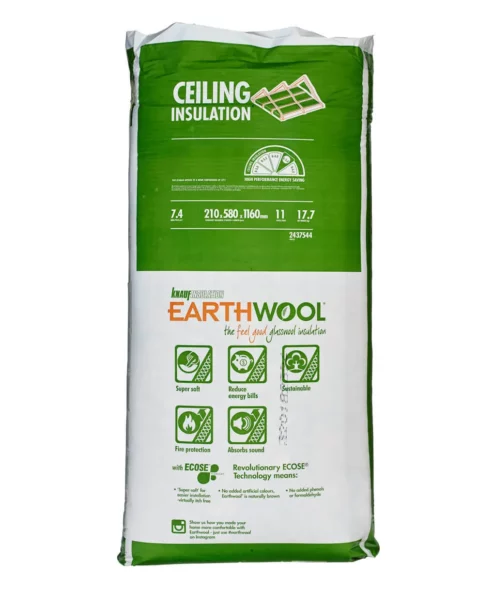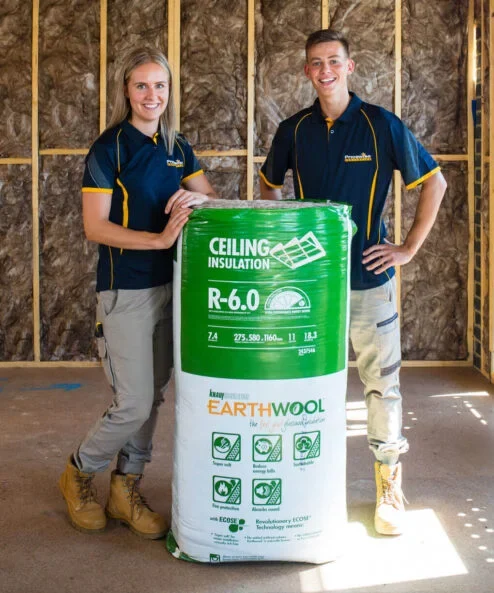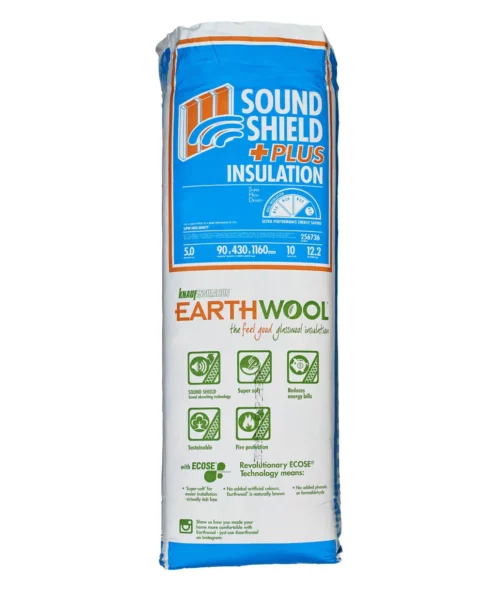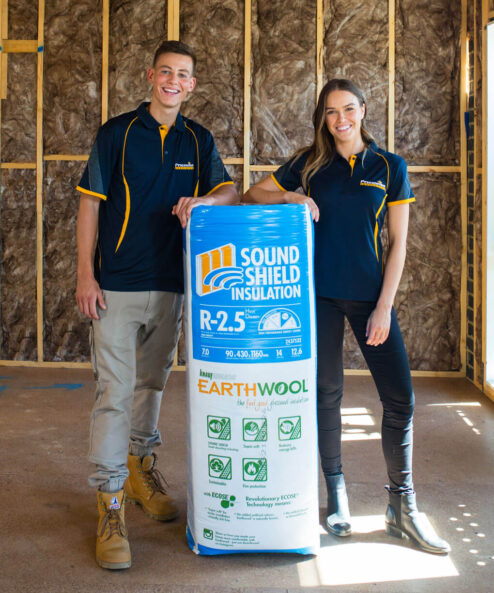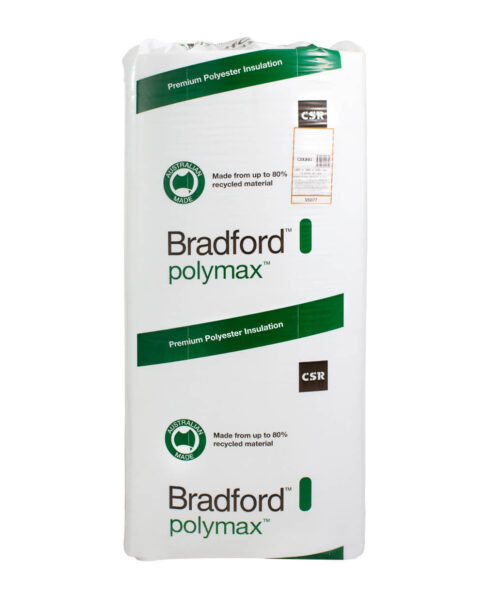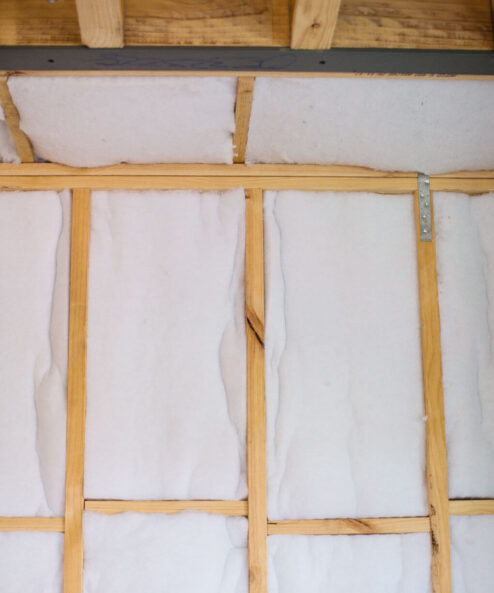Insulation Tips
What is a Climate Zone and How Does It Affect Insulation?
Australia is one of the largest land masses on Earth. In fact, it is so large that at any one time, you could find yourself in the tropics at 30℃ heat, or in the Victorian Alps at -5℃.
Naturally, these highly diverse and different climates have consequences for our homes – in particular house insulation. In this blog, we take a look at what a climate zone is and how it affects energy efficiency and your choice of insulation.
What is a climate zone?
A climate zone is a category grouping different geographical areas into zones, by factors such as average temperatures, humidity and rainfall. These and other weather patterns help to determine what level of R-Value insulation is required in your building.
In both hot and cold climates, reflective foil insulation is used in combination with some bulk insulation to provide optimal year-round thermal protection. You will also need to ensure that you comply with the new standards around moisture management being introduced via changes to the National Construction Code (NCC) and coming into effect in October 2023.
Understanding Australia’s climate zones
Australia is divided broadly into 8 Climate Zones, ranging from the hot, humid areas in northern Australia, to the alpine areas in the southeast. Here is an overview of the 8 zones and their main climate features:
Source: https://www.abcb.gov.au/resources/climate-zone-map
- Climate zone 1 – high humidity summers, warm winters
- Climate zone 2 – warm humid summers, mild winters
- Climate zone 3 – hot dry summers, warm winters
- Climate zone 4 – hot dry summers, cool winters
- Climate zone 5 – warm temperate
- Climate zone 6 – mild temperate
- Climate zone 7 – cool temperate
- Climate zone 8 – alpine
How do climate zones affect insulation?
Your region’s climate will have implications for the type of insulation you install. Generally speaking, houses in extreme climates require a higher R-Value, while houses in milder climates a lower R-Value. However, the climate zone is only one of several factors to consider when deciding what insulation to install. Other factors include the type and layout of the building, which building materials have been used and shading from any nearby trees or buildings.
Case Study: Adelaide Climate Zone and Surrounding Area
While South Australia is mostly arid and semi-arid (Climate Zone 4 or Hot dry summer, cool winter), Adelaide itself is classed as Climate Zone 5, which is defined simply as Warm temperature. The region immediately Northeast, East and Southeast of Adelaide fall within the mild temperate Climate Zone 6. Of course, the zoning doesn’t categorically define the optimal insulation R-Value for the given area, but it forms a basis to determine the minimum accepted R-Value in each Australian climate zone.
Benefits of insulation in different climate zones
Insulation is a crucial component in maintaining a comfortable indoor environment throughout the year, regardless of the climate zone in which you live. A well-insulated home can reduce energy bills and ensure your house is protected against extreme weather – something which is becoming more common with climate change.
Insulation also helps to regulate indoor temperatures, reducing the demand on heating and cooling systems.
How to choose the right insulation based on your climate zone
Matching your insulation to your climate zone is crucial for ensuring your home is energy-efficient and comfortable. The National Construction Code (NCC) sets out minimum insulation requirements for roofs, walls and floors based on location and other building features. These requirements outline the specific insulation needs for each climate zone.
Here are some general examples of types of insulation that may be suitable for your climate zone characteristics.
Glasswool insulation
Glasswool is suitable for all climate zones in Australia. It has excellent thermal and acoustic properties and is easy to install. We recommend Bradford Gold Hi-Performance Ceiling Insulation Batts for optimal performance. Alternatively, you can use Earthwool insulation such as Knauf Earthwool Insulation Ceiling Batts and Knauf Earthwool Wall Insulation Batts.
Polyester insulation
Polyester is a synthetic insulation material that is safe, non-toxic and non-irritating. It is suitable for all climate zones and is recommended in areas which are prone to moisture. The Bradford Polymax Ceiling Insulation is a high-quality polyester insulation product that aims to enhance the comfort level of your home.
Rockwool batts
Rockwool is a natural insulation material made from molten rock. It is suitable for all climate zones and has excellent thermal and acoustic properties. Rockwool insulation products such as James HardieFire Insulation are used in partition walls and boundary walls, where the insulation forms part of the fire barrier.
Reflective insulation
Reflective insulation products such as Foilboard Insulation and Kingspan Air-Cell Insulation are suitable for warmer climate zones, particularly those featuring hot dry summers (Climate zones 3-5). It works by reflecting radiant heat away from the building and is often installed in combination with bulk insulation batts for optimal results.
Shop for premium insulation online
Whether you’re a contractor, homeowner or builder, understanding how climate zones affect the energy efficiency of your home is essential for choosing the right insulation.
At Pricewise Insulation, we offer access to Australia’s best insulation brands at competitive prices. For premium quality insulation products, shop online today and ensure your home is protected this season.



